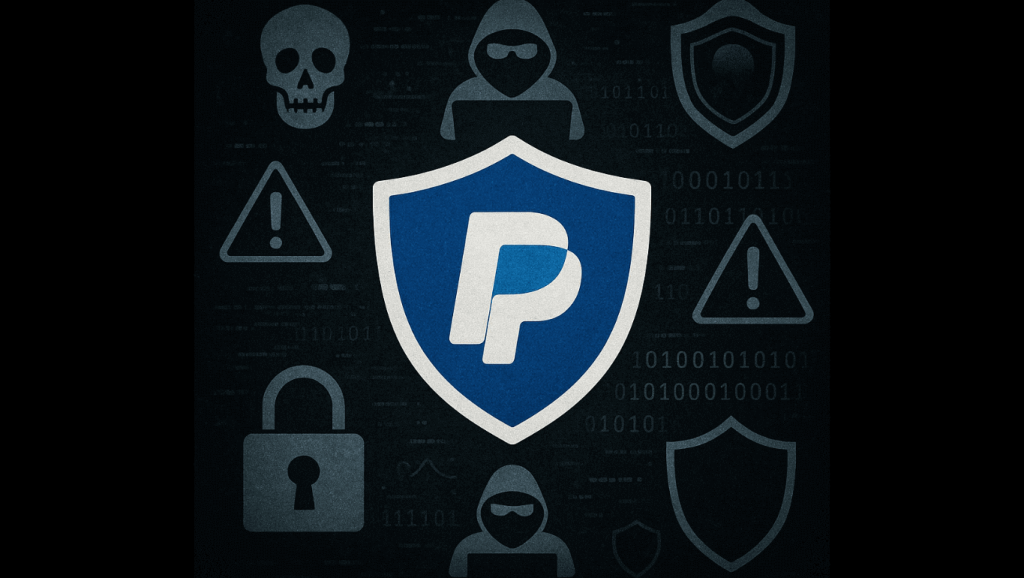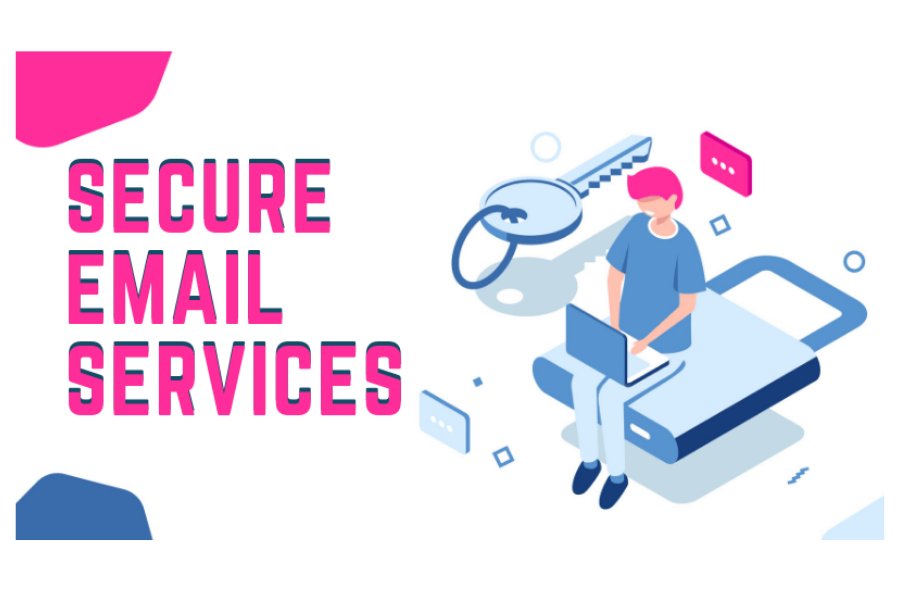Recently, news broke that nearly 16 million PayPal login credentials had surfaced for sale on a popular dark web forum. For anyone who runs a business online, works with e-commerce, or uses PayPal regularly, this raised understandable concerns about account safety and data privacy.
At TZDesignstudio, we reviewed the details so you can focus on what matters: understanding your real risk and how to protect your accounts.
Did PayPal Experience a New Hack?
No, there was no new PayPal system breach in 2025. Instead, this incident involves credentials that hackers gathered over time, using a mix of methods:
- Credential stuffing: Attackers take login details stolen from other breaches and try them on PayPal. If passwords are reused, these logins may succeed.
- Malware on user devices: Some records come from infostealer software running on compromised computers or phones—capturing passwords as they’re typed or saved.
- Old data, still dangerous: Some credentials overlap with leaks from previous years, but can still be effective when users don’t update their passwords.
PayPal’s internal systems and security remain intact—but the credential lists being circulated are very real.
Why Should Businesses Still Take This Seriously?
While the breach isn’t new, the risk it represents is ongoing. Attackers buy and sell credentials in bulk because password reuse is widespread and many people rarely update their logins. Simply put, attackers continue to find value in old leaks and freshly stolen credentials alike.
If you, your staff, or your customers use the same passwords on multiple sites—or haven’t updated PayPal credentials in a long time—your accounts could be at risk. This applies not only to PayPal, but to any platform where reused passwords might unlock sensitive information.
How to Respond: Practical Steps
Here are the actions we recommend for all business owners, teams, and regular PayPal users:
- Update your PayPal password now, and pick something unique. Don’t reuse it anywhere else.
- Turn on two-factor authentication (2FA) for access to PayPal and any critical business tools. This makes it much harder for attackers to succeed, even with a stolen password.
- Encourage your team to use a password manager. This reduces password reuse and helps keep credentials strong.
- Run a malware and antivirus scan on your devices. Infostealers often get installed without users noticing.
- Stay alert for phishing attempts. After any leak goes public, fake PayPal messages and scam emails often become more common.
- Consider using breach monitoring services that notify you if your email or password has appeared in a leak.
Frequently Asked Questions
1. Is my PayPal account at risk right now?
If your PayPal password is unique and you use 2FA, your risk is low. If you’ve reused your password elsewhere or haven’t changed it in years, you should update it immediately.
2. Was PayPal itself hacked?
No. The accounts for sale come from data stolen elsewhere—either from previous leaks or malware on user devices—not from PayPal’s internal systems.
3. Do I need to reach out to my customers?
If your business relies on PayPal, it’s wise to remind customers (and staff) to change passwords and use 2FA. Proactive communication strengthens trust and reduces risk.
Final Note
The reality of today’s internet is that large credential leaks are part of doing business online. While new hacks grab media attention, old login data continues to put accounts at risk, especially when password reuse is common.
Maintaining unique passwords, updating them regularly, enabling two-factor authentication, and remaining alert to phishing attempts are your best defense. These habits matter more than any single breach report.
If you want personalized advice or a security review for your business, TZDesignstudio is here to help you stay ahead of evolving threats with practical, real-world solutions.




